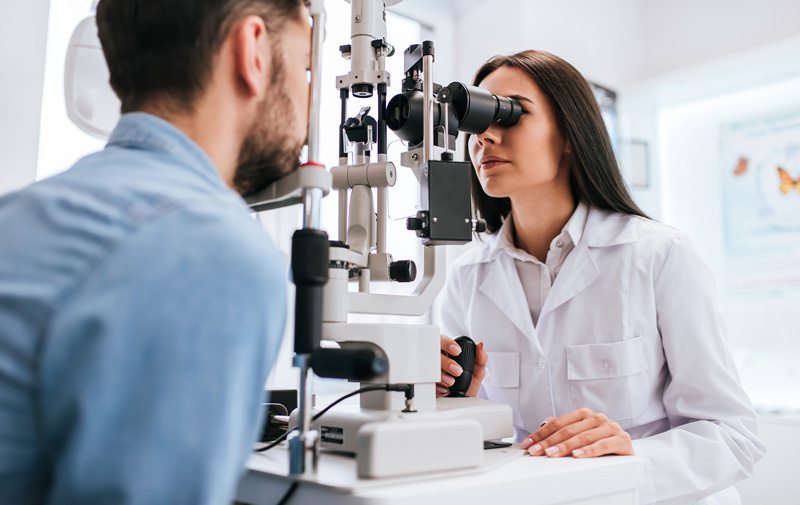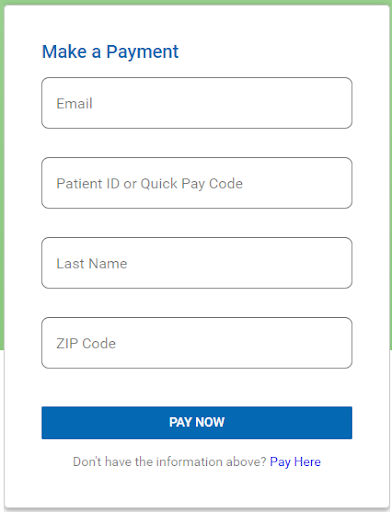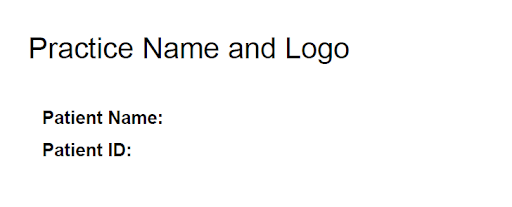Glaucoma: Symptoms, Causes, Diagnosis & Treatment
Glaucoma is an eye disease that causes vision loss and blindness by damaging your optic nerve. Early detection is critical to slowing and preventing glaucoma’s negative effects. Glaucoma cannot be cured, but there are glaucoma treatments to prevent the damage from worsening.
Glaucoma symptoms can be alleviated by selective laser trabeculoplasty, a Durysta implant, iStent®, and Hydrus®. Proper treatment can preserve your quality of life after a glaucoma diagnosis, leading to decades of clear vision and smooth daily routines.
Glaucoma is the leading cause of blindness in people aged 60 or older. The sooner you treat it, the better off your vision will be. An eye doctor can identify glaucoma through a comprehensive eye exam—be sure to schedule yours today.
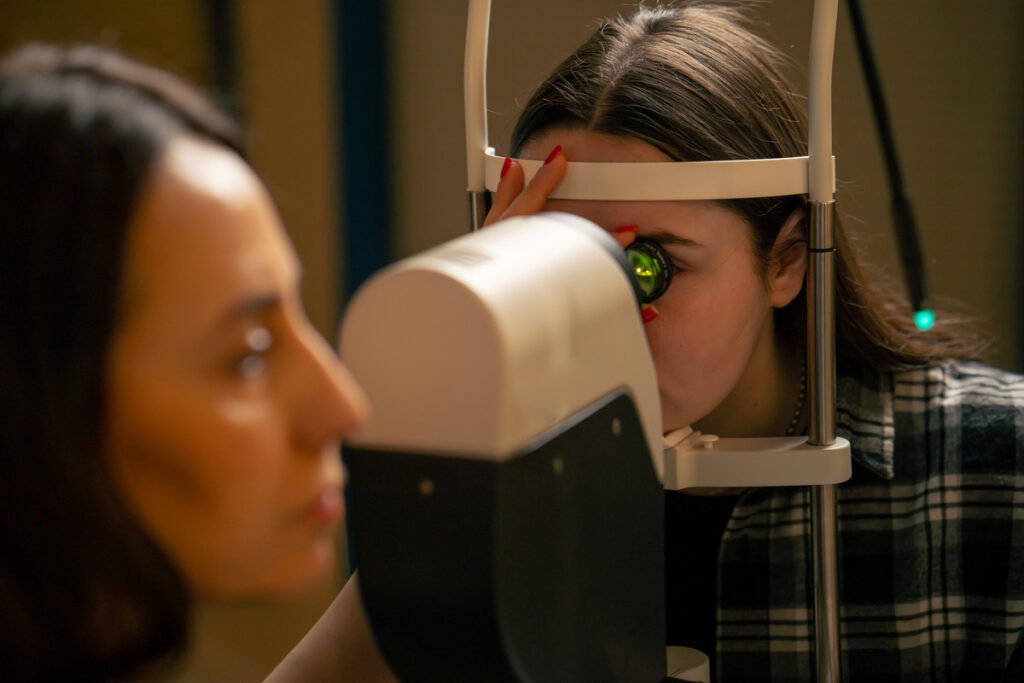
What Is Glaucoma?
Your eye is very complex. It has several moving parts, such as the optic nerve, that keep your vision balanced and healthy. Glaucoma can quietly disrupt this balance, leading to optic nerve damage. Glaucoma is sometimes called “the silent thief of sight” because its early stages are difficult to notice. During these stages, glaucoma causes unnoticed yet permanent damage.
Improper drainage is the main cause of glaucoma. Your eye consistently produces a liquid called aqueous humor—in a healthy eye, this fluid drains through the eye’s drainage angle. Proper drainage balances eye pressure, allowing the fluid to nurture the eye rather than damage it. If the drainage angle cannot drain enough fluid, eye pressure builds up and damages the optic nerve.
Types of Glaucoma
Open-angle glaucoma
Open-angle glaucoma is the most common type of glaucoma. It occurs when your eye cannot drain enough fluid to maintain normal eye pressure. Open-angle glaucoma has no symptoms during its early stages, but as it worsens, blind spots appear in your peripheral vision. If untreated, open-angle glaucoma can lead to a total loss of central vision.
Angle-closure glaucoma
Angle-closure glaucoma usually develops slowly, but when its first symptoms arrive, it crashes on you like a giant wave. This is a medical emergency that must be treated immediately. Angle-closure glaucoma’s symptoms include severe eye pain, blurry vision, halos in vision, headaches, nausea, and vomiting.
If you are suffering from these symptoms, contact an eye doctor right away. Prompt action can prevent long-term blindness.
Normal-tension glaucoma
Normal-tension glaucoma occurs despite healthy eye pressure levels. There are no symptoms in its early stages, but it gradually blurs your vision. Normal-tension glaucoma leads to weak peripheral vision when it is not treated by an eye doctor.
Congenital glaucoma
Congenital glaucoma affects children and infants. Children won’t know they have glaucoma, so be sure to schedule regular eye exams for your young ones. Congenital glaucoma’s symptoms include cloudy eyes, rapid blinking, and the production of tears without crying.
Pigmentary glaucoma
When pigment separates from your eye’s iris, it raises eye pressure and blocks drainage. Patients with pigmentary glaucoma may see halos around lights and suffer blurry vision during exercise. Eventually, pigmentary glaucoma leads to poor peripheral vision.

Glaucoma Symptoms
Glaucoma rarely has noticeable symptoms in its early stages. Despite this, glaucoma still causes permanent damage, breaking down fibers in your eye’s optic nerve.
As glaucoma progresses, patients notice a loss of peripheral vision. This is often accompanied by random blind spots. These spots occur because of your optic nerve’s dying fibers. Over time, glaucoma symptoms continue to worsen, resulting in total blindness when untreated.
Acute glaucoma symptoms, primarily for patients with angle-closure glaucoma, include severe eye pain, headaches, nausea, and red eye.
Risk Factors for Glaucoma
Anyone can develop glaucoma, but certain groups are at greater risk.
If any of the following factors apply to you, we recommend scheduling a yearly eye exam:
Age
Patients over 40 are at a higher risk of developing glaucoma. Patients face a significant risk after age 60.
Ethnicity:
African Americans, Hispanics, and Asians develop glaucoma at higher rates.
Family history:
Patients with a genetic predisposition to glaucoma, such as both parents having the disease, are at greater risk.
Medical conditions:
Health issues such as diabetes, high blood pressure, and migraines increase a patient’s likelihood of developing glaucoma.
Poor eye health:
Patients with eye difficulties such as thin corneas, nearsightedness, or farsightedness are more likely to develop glaucoma than patients with healthy eyes.
Long-term steroid use:
Using steroids, especially corticosteroid eye drops, can weaken your eyes over time. Steroids are great for short-term pain relief, but excessive use can lead to eye issues like glaucoma.
How Glaucoma Is Diagnosed
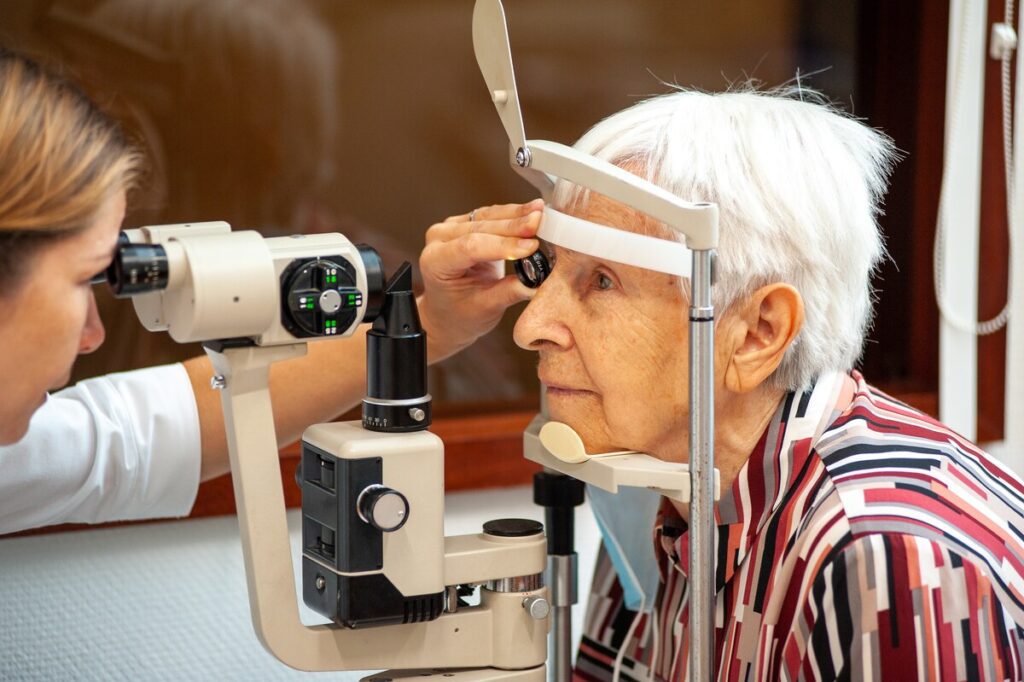
Glaucoma is diagnosed through a comprehensive eye exam. Regular check-ups are critical for early detection and help prevent long-term blindness and other visual impairments. If you are in a high-risk group, it is recommended that you receive a yearly eye exam.
Eye exams include several methods for detecting glaucoma and other eye diseases. You can expect the following during your appointment:
- Tonometry
- Tonometry is the measurement of eye pressure. High eye pressure is a common sign of glaucoma.
- Optic Nerve Imaging:
- Your eye doctor will scan your retina and optic nerve to look for damage and irregularities. Midwest Vision Partners uses the innovative OCT diagnostic machine to process information about your eye. This technology detects glaucoma, macular degeneration, and other serious eye conditions.
- Visual Field Test:
- A visual field test looks for peripheral vision loss. If you have blind spots at the sides of your vision, you may have glaucoma.
- Corneal Thickness Measurement:
- An exam called pachymetry measures the thickness of your corneas. Thin corneas are a sign of poor eye health.
- Gonioscopy:
- Gonioscopy is the inspection of your eye’s drainage angle. A narrow or closed drainage angle indicates the development of glaucoma.
Glaucoma Treatments
Selective Laser Trabeculoplasty
Selective laser trabeculoplasty (SLT) uses short pulses of low-energy laser light to target melanin-containing cells in the drainage angle. SLT drains excess fluid from the eye and reduces intraocular pressure (IOP). High eye pressure can damage the optic nerve and lead to vision loss. SLT also helps you avoid more invasive surgery and may reduce your need for medications and eye drops. Ask your eye doctor about SLT as a glaucoma treatment during your appointment.
Durysta Implant
Durysta is a tiny, dissolvable eye implant that relieves pain and lowers eye pressure. This glaucoma treatment can only be administered once in each eye. The Durysta implant is a temporary fix but works for several months. Clinical trials have shown it reduces eye pressure for 15 weeks. Find out whether Durysta is right for you by scheduling an appointment with an MVP eye doctor.
iStent®
iStent® is an incredibly small device, but it produces big results for patients with mild-to-moderate open-angle glaucoma. This technology is implanted during cataract surgery and helps the eye drain excess fluid. In turn, this reduces pressure in your eye. Patients who choose iStent® may not need as many glaucoma medications to treat high eye pressure, but this is at your eye doctor’s discretion. An eye doctor can determine whether iStent® is right for you during an appointment.
Hydrus
The Hydrus® Microstent reduces intraocular pressure in patients with mild-to-moderate primary open-angle glaucoma. It is implanted during cataract surgery and may reduce or eliminate your dependence on glaucoma eye drops. Find out more about how Hydrus® can help with your glaucoma by scheduling an eye appointment today.
Can Glaucoma Be Prevented?
Glaucoma can be prevented and treated, but it cannot be cured. Scheduling regular eye exams is the best way to catch glaucoma early and prevent its symptoms. At-risk populations, such as patients over age 60, should schedule a yearly appointment.
Changing your lifestyle can lower your risk of developing glaucoma. Healthy choices like eating a balanced diet, exercising often, and avoiding smoking will strengthen your eyes and help you avoid glaucoma symptoms.
Eye safety is equally important to preventing glaucoma. Injury to your eye can disrupt its drainage system, damage the cornea, and leave other debilitating effects. We recommend wearing goggles when your eyes are exposed to flying objects and debris.
Why Choose Midwest Vision Partners for Glaucoma Care?
Midwest Vision Partners’ expert ophthalmologists specialize in building glaucoma treatments around your needs. We use world-class diagnostic and treatment technology to properly care for you during each step of the glaucoma discovery and treatment process.
A glaucoma diagnosis can be concerning at first, but don’t worry; you’re in expert hands. Our personalized treatment plans address each of your symptoms and prioritize long-term eye health.
You deserve intelligent, empathetic care that’s right down the street. Midwest Vision Partners works hard to bring the nation’s best eye doctors to you, partnering with more than 140 Midwest physicians.
Learn how you can catch glaucoma early and prevent long-term eye issues by scheduling a comprehensive eye exam today.
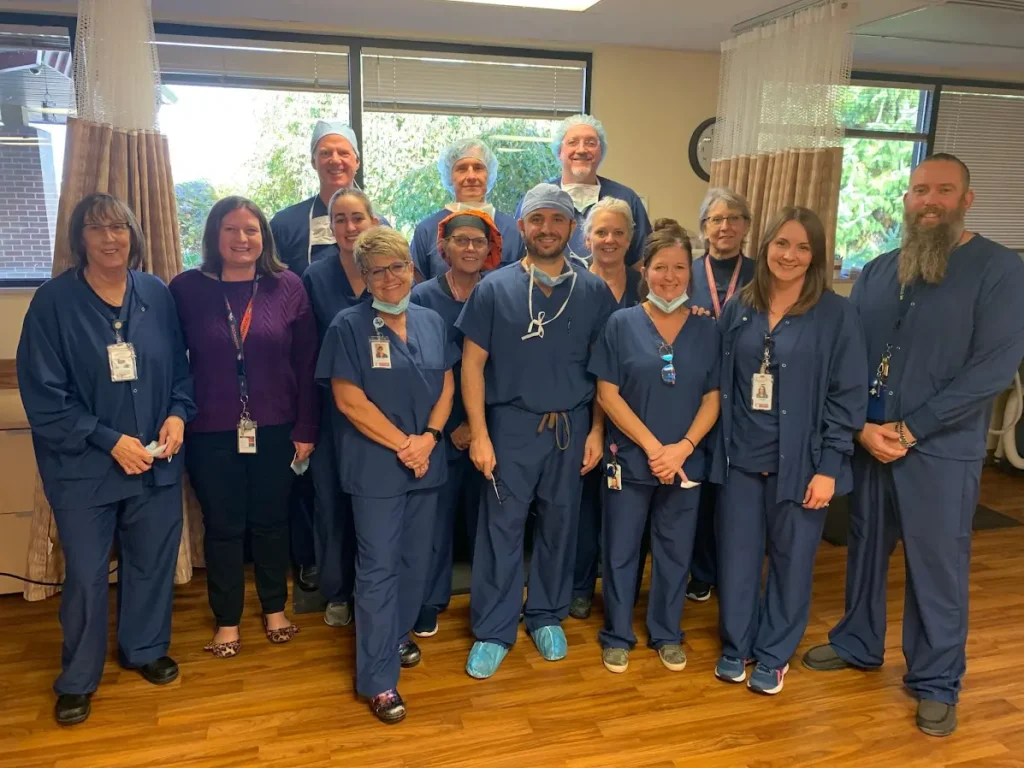
Related Services
Learn more about the leading cause of blindness in adults aged 40 and older and what your options are.
The retina is vital to your vision. See what conditions may be threatening your eye health and what solutions we offer.
Let's Get Started
When It Comes To Eye Health, We’re Your MVP



